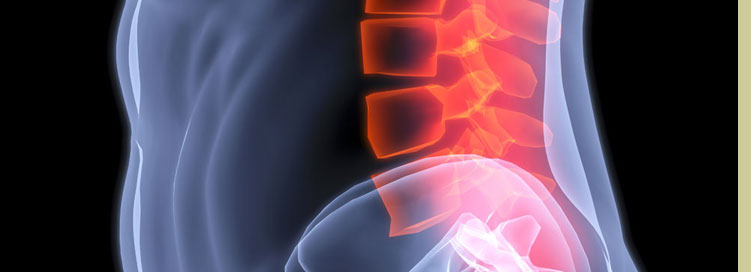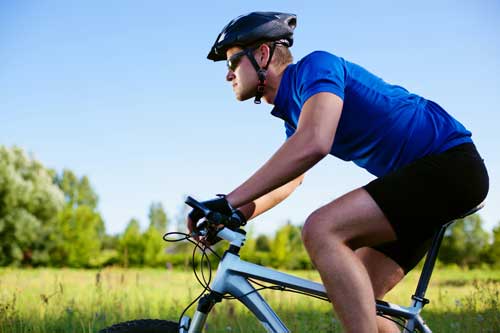
Why you can’t ignore even the mildest hint of lower back pain
Sherwin Nicholson | Updated July 15, 2025
Bad Habit #4: Ignoring pain (even mild pain)
Continued from: Bad Habit #3: Lifting with your back muscles
This is one of the most risky things you can do because it’s very easy to do.
Once you make a habit of ignoring it, you are then worsening your risk of injury and wear on your spine. Ignoring the symptoms will usually result in even worse situations such as episodes of spasm or muscle strains.
Don’t let things get worse with this habit. Treatments can become very costly, time consuming and require extensive rehabilitation. You may be wasting your time with the wrong support.
Don’t use medication as a first resort

The most common way to ignore your symptoms of discomfort is to take over the counter (OTC) medications as a first choice. Some medications such as Tylenol (acetaminophen) only help you to FEEL as though you have no pain.
The injury and inflammation is still present. Medications such as Advil (ibuprofen) and Naproxen (diclofenac) reduce the swelling and inflammatory process but only temporarily.
Anti-inflammatories can easily lead to a vicious cycle where you re-aggravate the inflammed joint because you can’t feel it from the pills. Then it returns (painkillers wear off) and you take more again only to resume the re-aggravating activity.
Although the inflammatory medications help to control the injury and pressure to some extent, you are still not preventing the problem. You’re just using a band aid measure AFTER the fact.
Most of the time, it’s poor mechanics, overuse and posture that is responsible for what hurts you. By correcting this issue, you will avoid this bad habit and will need less medication.
Don’t muscle your way through the pain

NO PAIN, NO GAIN is an expression of pain from lactic acid build up or muscle strain. That comes from exercise.
This is a very old mantra used to encourage you to overcome the very emotional hesitation to meet your newest gains. If so, then focus on meeting your gains while being caring not to injure yourself.
If you have pain from your joints, then you need to STOP. Exercise shouldn’t involve chronic, mild injury. Especially in your back, hips, knees, discs both pre and post exercise.
Since it is mechanical issues and poor posture that is mostly responsible, don’t continue with the wrong techniques if it hurts.
Some examples include:
- Prolonged and physically intense sports (weight training, contact sports, cycling)
- Forms of exercise that require extensive flexibility (extreme yoga, gymnastics, some martial arts)
- Movements that are highly repetitive for your posture (lifting & bending)
Although it’s not practical to avoid some of these activities, you should try to limit how much it may hurt your back.
It’s very likely that you would feel comfortable while you are engaged in the activity. However, you’ll just as likely feel very sore afterwards. This is also the time to not rely on medication.
Rule of Thumb: When you’re sore, rest.
Although this may seem like common sense, most of us like to move the goal posts on what we consider adequate rest.
You may not want to give up your favorite activity, but the reality is that if you’re in pain, your body has already decided to tell you to slow down. If you continue to push the limits and force your way through the discomfort, you’ll cause soft tissue and nerve injury. Slowing down then becomes mandatory.
Pay attention to even the mildest sensation of back discomfort. This is your warning sign to change your habits. The more vigilant you are with observing and managing your own discomfort, the safer you’ll be.
Have a professional health care provider evaluate your current symptoms. Many of them will recommend some non-invasive treatments such as massage, physiotherapy, chiropractic and rehabilitation-type exercise.
Choosing the take care of your body will become a more natural habit over time. Your priorities will change dramatically and you’ll feel a lot better.
Next: Bad Habit #5 you must stop
Previous: Bad Habit #3: Lifting with your back muscles
Get more help now:
Natural painkillers for your body?

